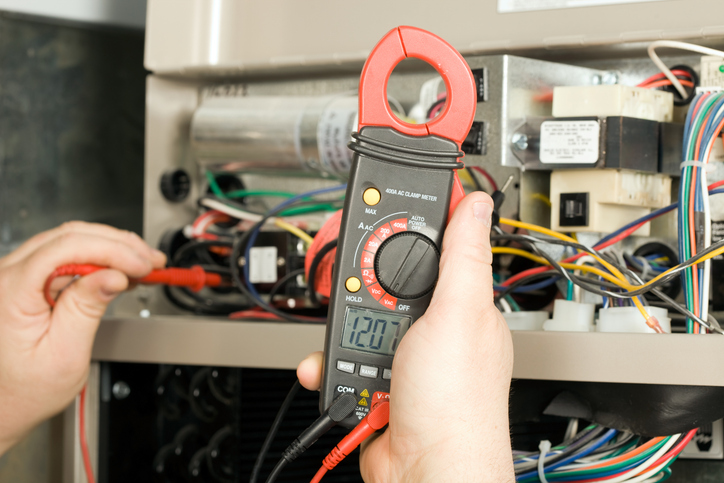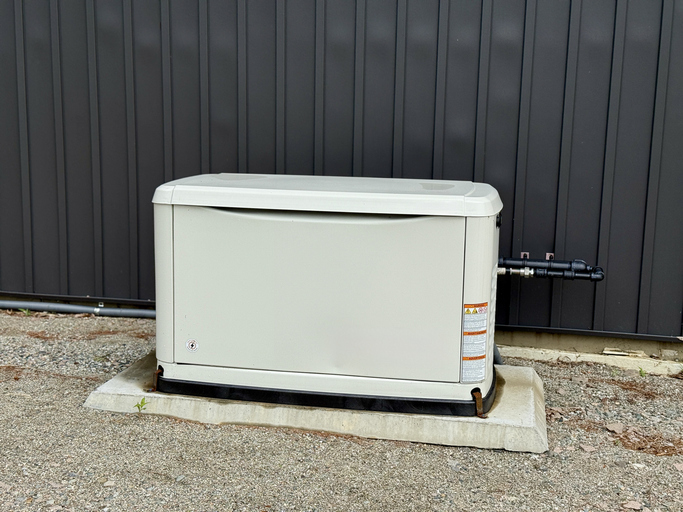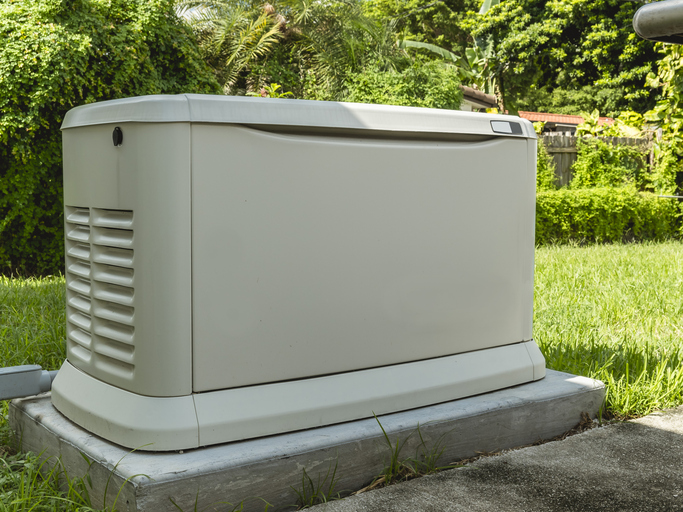
How to Spot Common Electrical Problems in Your Home’s Wiring Safely
February 26, 2025
5 Most Common Electrical Problems in the Home
Electrical issues can be more than a nuisance—they can pose serious safety risks if left unaddressed. At Pagliaro’s PowerSource, we prioritize keeping your home safe and powered. Knowing how to spot common electrical problems early can help protect your home and family while saving you from costly repairs. Here are some signs to watch for and tips on what to do if you notice them.
1. Flickering Lights or Faulty Light Fixtures
If your lights flicker or dim without reason, it could signal trouble. This might happen when appliances like your refrigerator or air conditioner turn on, drawing too much power. It could also stem from loose wiring or aging fixtures. While changing a bulb or tightening a connection may help, persistent flickering is a sign to call a professional.
2. Breaker Trips and Circuit Overloads
Circuit breakers are designed to protect your home by shutting off power when circuits are overloaded. A one-time trip might not be a big deal, but it’s a red flag if your breaker trips frequently. It might indicate an overloaded circuit, faulty wiring, or a more significant system issue. Don’t ignore this—it’s a problem that requires expert attention.
3. Burning Smell or Scorched Outlets
A burning odor near outlets, switches, or your breaker panel is a serious warning sign. It might mean wires are overheating or damaged, which increases the risk of an electrical fire. Similarly, if you notice scorch marks on outlets or feel heat when touching them, turn off the electricity and contact a professional immediately.
4. Buzzing Sounds from Electrical Systems
Your electrical system should run silently. If you hear buzzing or crackling sounds coming from outlets, switches, or your breaker box, you could have loose wiring or an overloaded circuit. These noises aren’t just annoying—they signal problems that should be addressed quickly to avoid bigger issues.
5. Outlets That Don’t Work
If one or more outlets in your home stop working, it could be due to a tripped breaker, a blown fuse, or loose wiring. Test your circuits, but if resetting doesn’t work, it’s likely time to call a licensed electrician.
Electrical Services in Connecticut Provided by Trusted Local Electricians
For all your electrical needs in Connecticut, look no further than Pagliaro’s PowerSource! Our skilled professionals offer many services, ensuring reliable and top-quality solutions for your home or business.
Get in touch to discover how we can help with your electrical projects!
FAQ About Electrical Problems
What Are the 10 Common Electrical Problems and Solutions?
Common electrical problems include flickering lights, tripped breakers, blown fuses, dead outlets, buzzing sounds, burning smells, overloaded circuits, loose wires, faulty fixtures, and warm outlets. Many require a licensed electrician to troubleshoot and fix safely.
What Are the Three Types of Electrical Problems?
The three main types are open circuits, short circuits, and ground faults. Each disrupts the electrical system and may cause overheating or safety hazards.
What Are the Four Types of Electrical Faults?
Electrical faults include line-to-line, line-to-ground, double line-to-ground, and three-phase faults. These affect current flow and may damage wiring, terminals, or electrical components.
Who Do You Call When You Have Electrical Problems?
Call a licensed or qualified electrician. They can safely diagnose wiring issues, circuit overloads, and problems with fixtures, outlets, or the fuse box.
How to Find Wiring Problems in House?
Check for flickering lights, warm outlets, or tripped breakers. A multimeter can help test circuits, but complex issues should be handled by an electrician.
What Causes High Current in a House?
High current is often caused by overloaded circuits, faulty wiring, or damaged appliances. It can lead to blown fuses, fire hazards, or malfunctioning systems.


